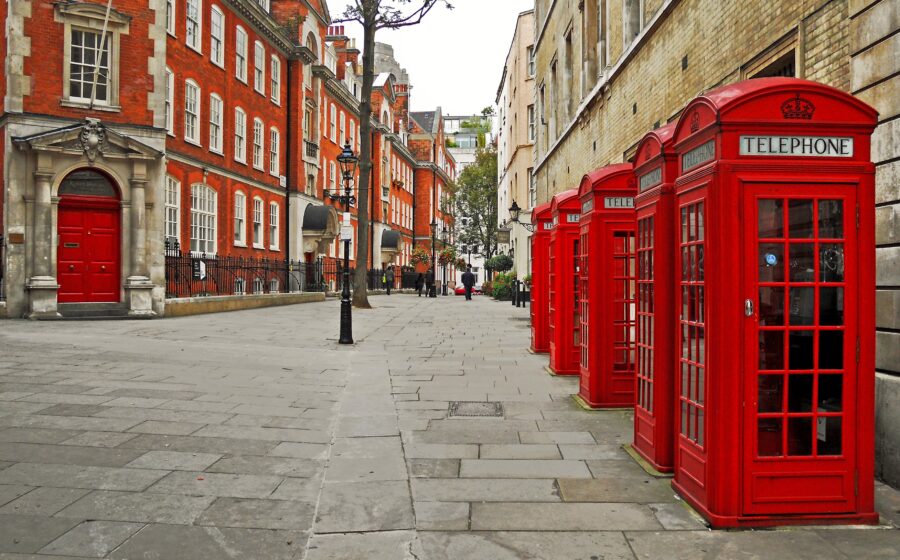Back in 2006, Bruce Richardson looked at the state of Britain’s tea culture, which was already deep in decline. Ten years on, he looks back at his predictions and finds signs that while the British may drink less tea, they’re drinking more good tea.
[T]he traditional English cup of tea, once considered a necessary luxury, is undergoing its biggest change since tea was first advertised for sale in London in 1657. The National Food Survey revealed that British tea consumption has fallen from 2.5 ounces per person per week to less than an ounce. Britons are drinking on average just eight cups of tea a week, down from twenty-three in 1974.
The London Telegraph suggests that tea is often linked to sweets, biscuits, and cakes, which have also fallen out of favor as British consumers have tried to move away from sugar and bread toward healthier trends. Another factor leading to the decline of the British tea tradition includes the rising popularity of coffee shops.
I recall seeing coffee shops popping up on every London street corner during the late 1990s. The eventual arrival of Starbucks threw the coffee culture into a boil that had not been seen since the 1600s, when as many as 2000 coffee houses were found throughout the London area.
A decade ago, I wrote in Fresh Cup that the UK needed to “blow the dust off their tea image.” As a new millennium dawned, America was entering a tea Renaissance while Great Britain stared at an impending Dark Age of tea.
What brought on the dramatic differences in the two tea cultures, wed by the East India Company over three centuries ago?
In the minds of British youth, tea was what your mum drank, or it was what you drank when you were sick. It was not something you wanted to be caught sipping if your mates were about. Meanwhile, the American tea culture became more inclusive of specialty teas, green teas, tisanes, and herbals. And tea was considered part of a healthy lifestyle. Fortunately for the tea marketplace, this trend became fashionable just as the soft drink industry entered a tailspin.
Now eighteen- to thirty-year-olds are as likely to order tea as they are coffee when given the choice. That vibrant young demographic bodes well for the future of tea in America and sets us apart from traditional tea drinking countries such as the UK and Japan.
But there is hope for the British tea culture—if you know how to read the tea leaves.
Last August, the Guardian offered that “while traditional British tea fell six percent in the past five years, sales of less traditional teas—fruit, herbal, specialty, green—grew steadily from 2012 to 2014.”
The trend toward less traditional teas reflects what has been happening on this side of the Atlantic for over a decade. In 1773, who would have imagined that the once-powerful British tea industry would one day yearn to emulate the tea drinking fortunes of America? The citizens of Boston are smiling.
—Bruce Richardson is the owner of Elmwood Inn Fine Teas and the author of such books as the Great Tea Rooms of Britain and the New Tea Companion.
















